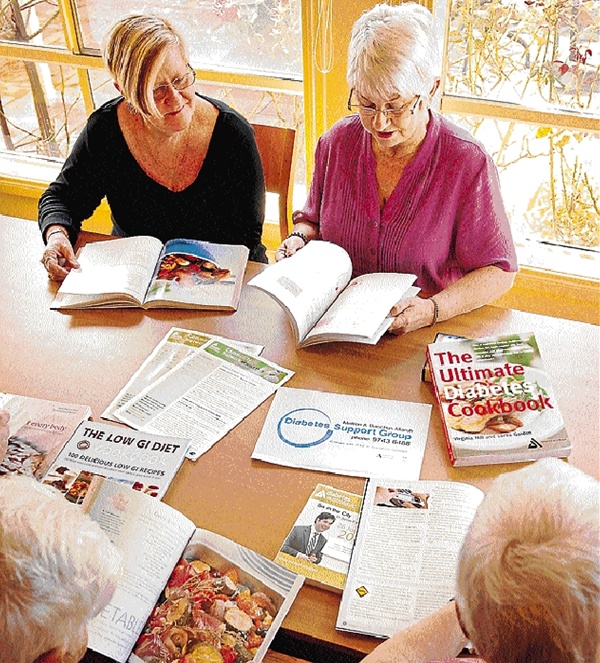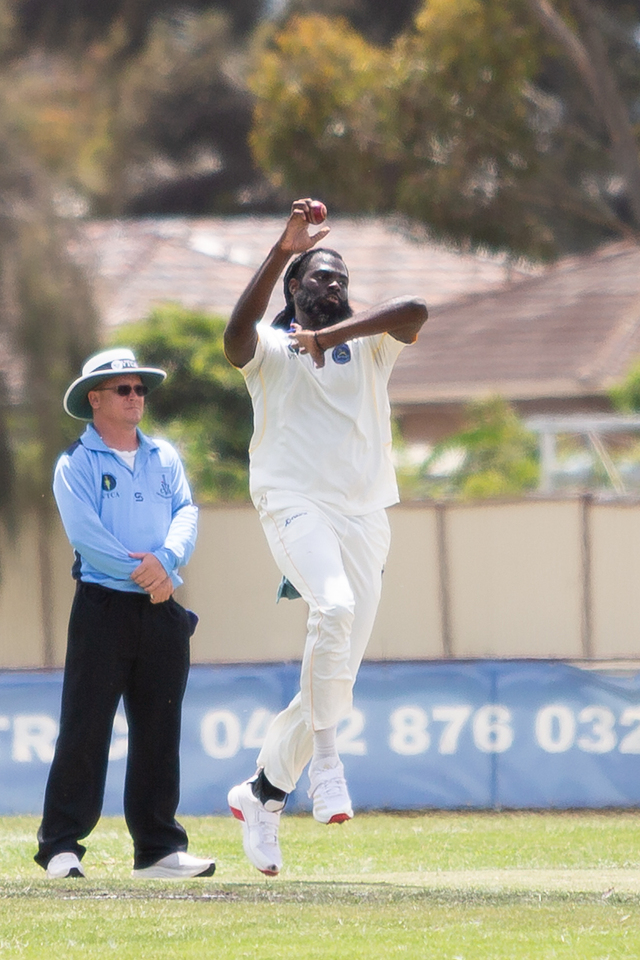EXPERTS are calling for the creation of a diabetes action plan following the release of a report which shows the rate of the disease is likely to double over the next decade.
The Baker IDI Heart and Diabetes Institute report predicts three-million Australians will have type 2 diabetes by 2025.
Diabetes Australia-Victoria statistics show Melton is recognised as a ‘hot spot’, where more than 4 per cent of the population has either type1 or 2 diabetes.
Diabetes Australia Victoria chief executive Greg Johnson said state and federal governments needed to invest in strategies to prevent type 2 diabetes in high-risk areas like Melbourne’s western suburbs.
“The size of investment is small compared to the size of the problem and we now know one in five people has diabetes, which is staggering,” Mr Johnson said.
“There is so much funding going into cancer, and diabetes is underestimated. There is a need for serious and structured funding in this area to target those at-risk groups.”
He said type 2 diabetes could be prevented through intensive lifestyle changes.
But experts believe too many people are not aware or unwilling to make the necessary adjustments.
Melton-Bacchus Marsh Diabetes Support Group convener, Jeann Clark, said the report’s prediction came as little surprise.
“One of the biggest problems is people denying that they have a problem,” Mrs Clark said.
She said more trained educators were needed to address Australia’s diabetes “pandemic”.
Members of the local support group meet regularly to discuss their health and anything related to their condition.
“Having our educator at our meetings keeps us on track and ensures we aren’t giving each other incorrect advice,” Mrs Clark said.
The group also holds cooking classes and introduces guest speakers.
Mrs Clark said better access to allied health professionals would help people better manage their illness.
“Sometimes people have to attend different appointments for a podiatrist, exercise physiologist or optician,” she said.
“If the appointments are in different locations, and some diabetics don’t drive, it can be difficult.”
Mrs Clark called for proactive health messages to urge people to educate themselves and get involved in support groups.
“Showing kidney transplants, amputations or losing your eyesight is not effective, in my opinion. I think it scares people and they go into denial and don’t want to know about it.
We need health educators who are encouraging.”
Migrants are at a greater risk of getting the disease. Research fellow at the Australian Community Centre for Diabetes in St Albans, Dr Rizwana Kousar, said many members of migrant communities still didn’t realise diabetes was a major threat to their health.
“We need to have ongoing education programs because so many people have serious complications because of type 2 diabetes,” Dr Kousar said.
“The messages to eat healthy and get more exercise need to be tailored to individual communities. As it stands, it’s so difficult for these groups to
get community grants, so governments need to make more resources available.”







